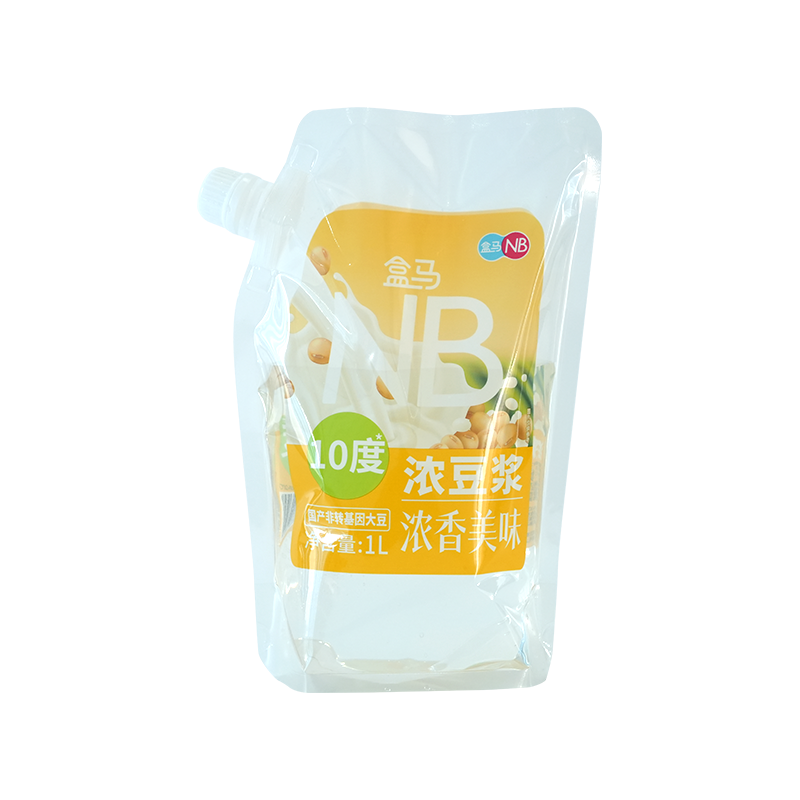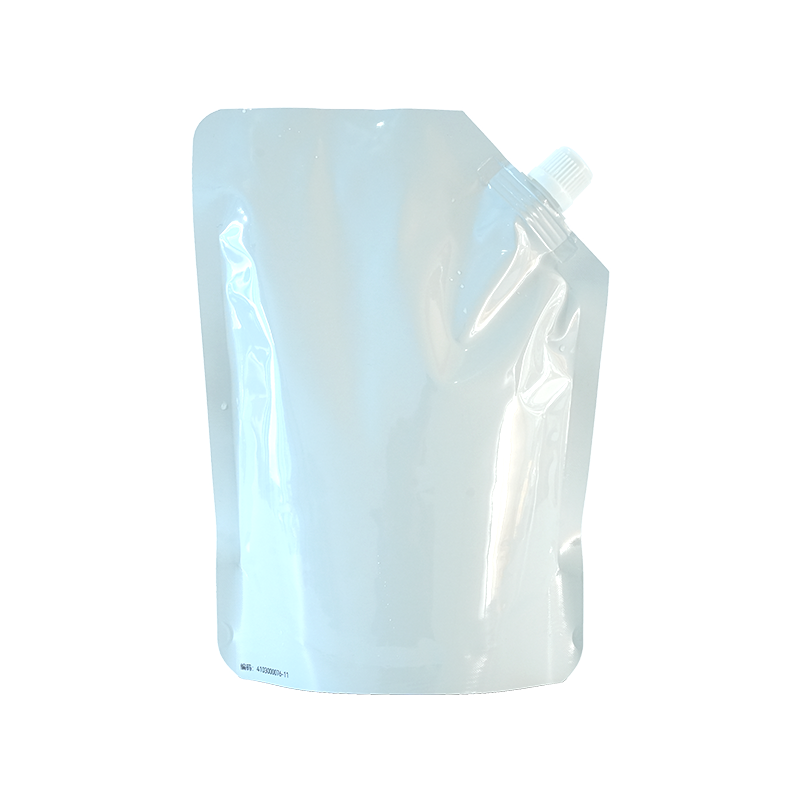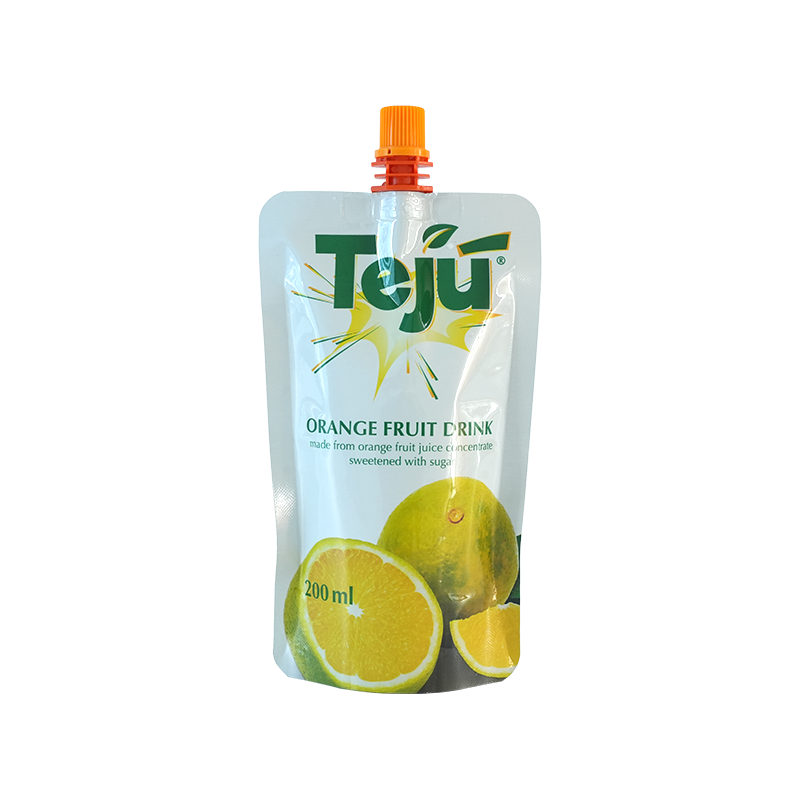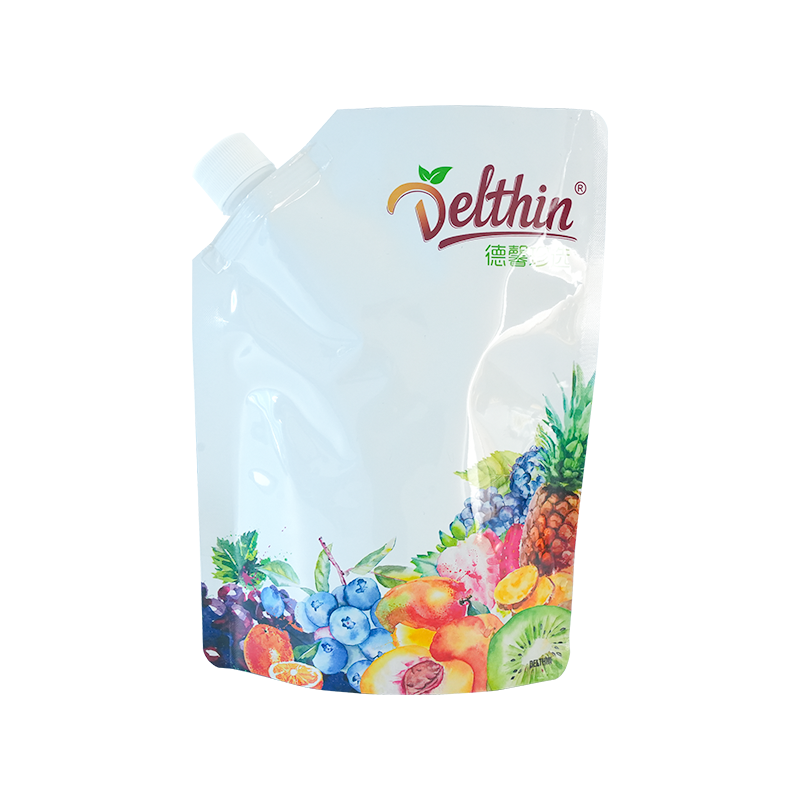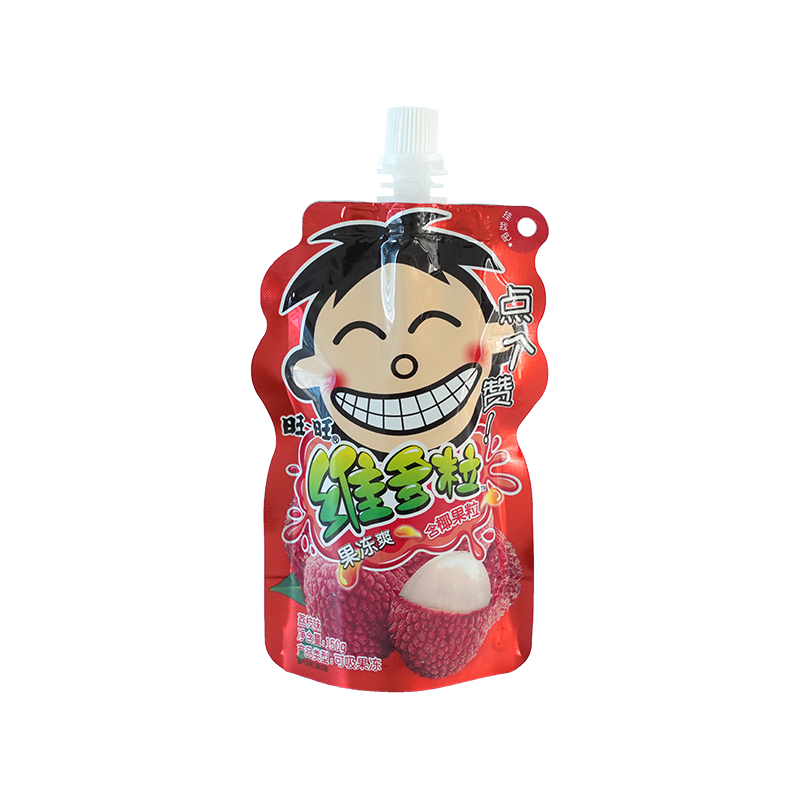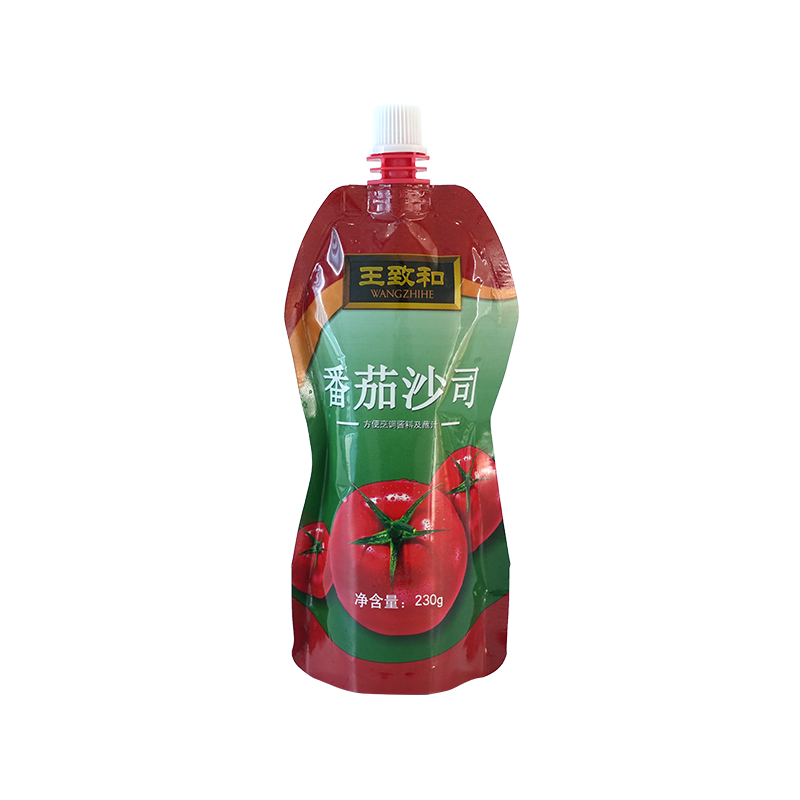In the field of jam packaging, jam aluminum foil oblique bags have become the preferred packaging form to ensure product quality and extend shelf life. Its unique multi-layer composite structure is the key to achieving excellent performance, and the heat seal layer plays a pivotal role in it.
In actual applications, the jam aluminum foil oblique bag is not a single aluminum foil material, but an exquisite design that integrates multiple functional layers working together. In addition to the core aluminum foil layer, the heat seal layer and the printing layer together build a complete packaging system. As the part that directly contacts the jam content and participates in the sealing operation, the heat seal layer is mostly made of high-performance polymer materials such as polyethylene (PE).
From the perspective of heat sealing convenience, polyethylene has excellent thermoplasticity. When a certain temperature and pressure are applied, the polyethylene molecular chain segments obtain enough energy to start moving, and the originally relatively regular arrangement structure becomes disordered, and the molecules diffuse and entangle with each other. Under the action of the heat sealing equipment, the two heat seal layers of the bag quickly fuse, recrystallize after cooling, and form a firm and well-sealed seal. This heat sealing process is easy to operate and efficient, and can meet the needs of large-scale industrial production. It ensures that each jam aluminum foil oblique bag can be tightly sealed, effectively preventing external air and moisture from entering the package, and creating the primary condition for maintaining a low-oxygen environment.
Sealing is one of the core functions of the heat sealing layer. Good sealing performance is like building an indestructible wall for the jam, keeping out interfering factors such as oxygen. After the heat sealing layer is heat-sealed, there is no gap at the seal, which greatly reduces the oxygen penetration path. Once there is a flaw in the seal, even a very small pinhole or crack, oxygen may take advantage of it and cause the jam to oxidize and deteriorate. The heat sealing layer, with its perfect sealing effect formed during the heat sealing process, builds a double oxygen barrier line with the aluminum foil layer, so that the low-oxygen environment in the aluminum foil oblique bag can be maintained for a long time, effectively ensuring the flavor and quality of the jam.
The physical protection of the heat sealing layer on the aluminum foil cannot be ignored. Although aluminum foil has excellent barrier properties, it is relatively thin and soft, and is susceptible to external physical damage during production, transportation and storage. For example, during the filling process, the impact of jam, the friction of equipment, or the collision during transportation may cause tiny cracks or pinholes on the surface of the aluminum foil. The heat-sealing layer is the "close guard" of the aluminum foil. The polyethylene material has a certain flexibility and wear resistance, which can buffer the external impact and reduce the chance of direct contact between the aluminum foil and the outside world. When the aluminum foil is threatened by potential damage, the heat-sealing layer first bears part of the force to prevent the aluminum foil from being damaged, thereby ensuring the integrity of the aluminum foil layer and further consolidating the barrier effect against oxygen. If the aluminum foil is damaged, oxygen may flow in through the damaged area, destroying the low-oxygen environment in the bag and accelerating the oxidation of the jam. The protective effect of the heat-sealing layer ensures that the aluminum foil continues to exert its excellent oxygen barrier properties and maintains the overall protective performance of the jam aluminum foil oblique bag.
In addition, the heat-sealing layer also affects the chemical stability of the packaging to a certain extent. Polyethylene material has relatively stable chemical properties and does not react chemically with acidic substances and sugars in jam, thus avoiding quality problems caused by the interaction between packaging and contents. At the same time, it can resist the erosion of external chemicals to a certain extent, further protecting the aluminum foil layer from being affected, and fully protecting the low-oxygen environment in the aluminum foil slanted pocket of the jam, ensuring that the jam can remain fresh and delicious throughout the shelf life, meeting consumers' demand for high-quality products.

